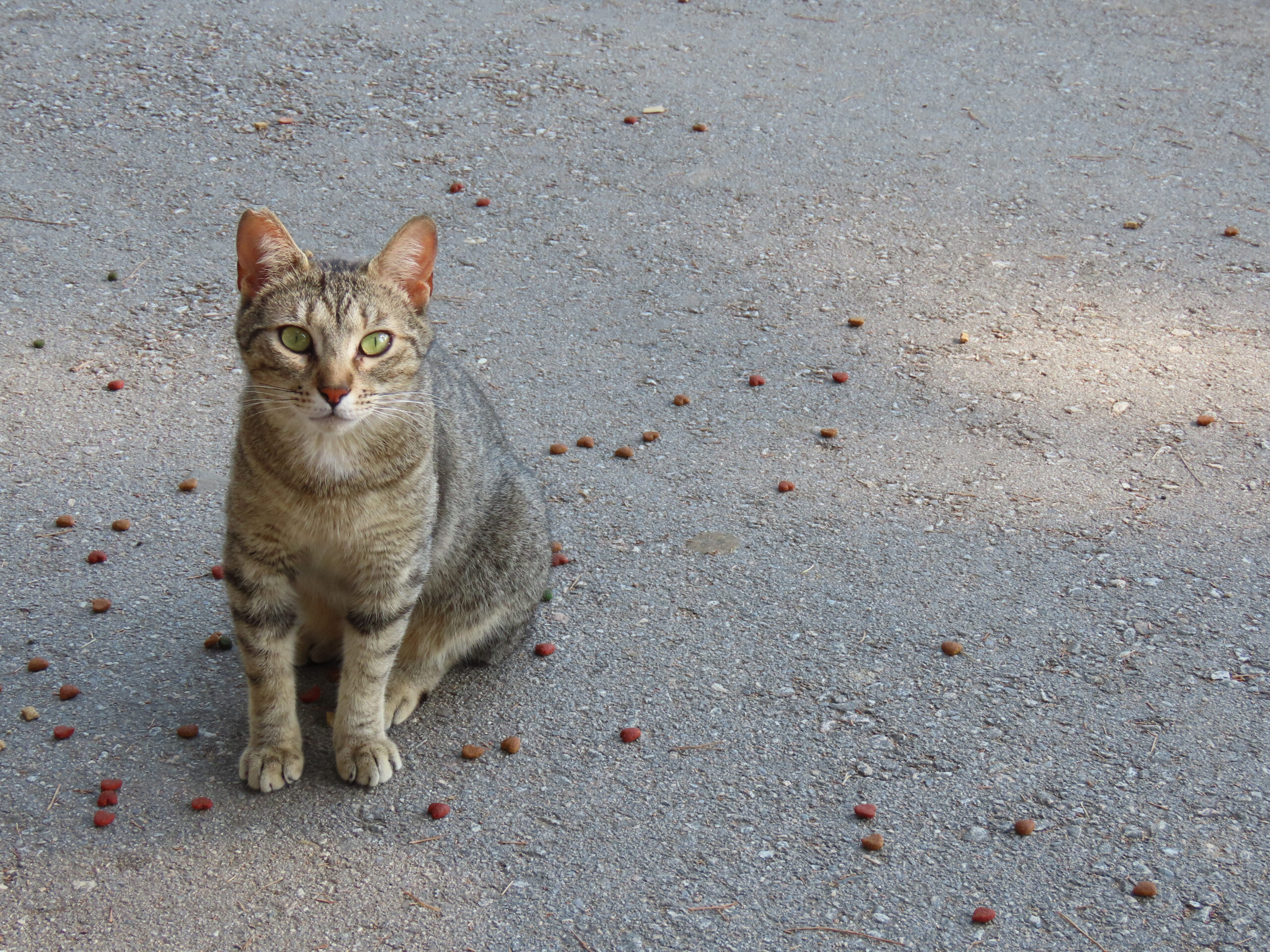Choosing dog food from a myriad of brands and types available on the market can be overwhelming. A basic decision to make is between wet and dry dog food. While both can provide a balanced diet, they differ in the method of processing, advantages, and disadvantages. Knowing these differences can help you choose between the two in a more informed manner.To further support your decision-making,
Explore our guide on Healthy Dog treats – what to give and what to avoid to ensure your pet’s diet remains nutritious and safe.
The Method of Making Wet and Dry Dog Food
Wet Dog Food: Wet dog food’s first step starts with meat or any other protein source. This is followed by blending with gravy that has vitamins, minerals, grains and other goodies. This mixture is prepared and sterilized in ovens, resulting in a product containing moisture around 78 percent. This high moisture level can be beneficial for dogs with certain health requirements or those who drink too little water.
Dry Dog Food: Dry food has a process of preparation starting by making a dough of ground meat and other ingredients. The dough is then cooked and extruded into kibble, followed by drying. After drying, fats, oils, vitamins and minerals are sprayed onto the kibble. Dry food tends to have a moisture content of roughly 10 percent, meaning dry food is more convenient to store than wet food as it is less prone to spoilage.
Explore More: Dog Friendly Community Events
Benefits of Wet Dog Food
- Wet food is highly beneficial for both hydrational and urinary or kidney-ill dogs as it helps in sustaining important body fluids. Hence, wet food is superb for dogs who lack water intake.
- Wet food usually contains a more pleasing scent and is tasted by majority of dogs. Thus, it is often more helpful for elderly dogs and finicky eaters who have a lower appetite.
- Wet food increases the feeling of fullness in dogs further due to the moisture it possesses. This is better for weight gain control.
- Wet food is less complicated for dogs who have dental or oral irregularities to function.
Drawbacks of Wet Dog Food
As seen from the reviews, there are those who prefer not having additional clean-up after meals. Wet food is associated with a sloppy manner of serving food due to how appeared it is.
- Wet food cannot be stored in great conditions. If one does not take special care of it, it will perish within less time.
- Unlike dry food, wet food does not help decrease tartar build-up as it does not enhance oral hygiene. Thus, wet food is useless for the dental care of the dog.
- Unlike dry food, bad care causes wet food to perish quickly if the container is opened estimating higher costs per serving.
Benefits of Dry Dog Food
- By chewing dry food, dogs will possess a lower amount of tartar thus helping maintain their dental care. Regardless of wet food being more favorable, chewy food will not go bad if left open unlike wet food and make organizing easier.
- Cost Savings: In general, dry food is cheaper than wet food and becomes more cost-effective when purchased in larger quantities.
- Cognitive Challenges: Dry food also works well with puzzles and slow feeders that are designed to enhance cognitive activities, allowing for mental engagement.
The Cons of Dry Dog Food
- Additional Hydration is Not Provided: Dry food does not offer any form of additional hydration and may not be ideal for dogs that require a higher water intake.
- Taste Preference: Certain dogs may not prefer the taste of dry food when compared to wet food due to its relative texture and taste.
- High in Carbohydrates: A few types of dry food may be excessively high in carbohydrates, which if not properly managed could lead to weight gain.
Feeding Dogs Wet and Dry Food
Using both wet and dry food combines several advantages into one feeding approach. It is combining the taste and moisture benefits of wet food alongside the dry food’s convenience and dental health benefits. When mixing the food, it is typically suggested to serve the kibble after the wet feed in order to maximize the dental benefits. However, some dogs may do better on a mixed diet, so it might take some time to determine the best option for your pet.
My Opinion
As it often happens, both dry and wet Dog Foods have their advantages, so one is not inherently better than the other. In my experience, the decision of which type to use largely depends on the dog’s individual needs and preferences. Wet food may be better for those dogs who have hydration issues or are very picky eaters. But for anyone looking for convenience and cost-effectiveness, along with dental benefits, dry food might be a better fit.
In my experience, the best method is to use a mixture of both, customizing it to the dog’s individual requirements. Remember to always discuss with your veterinarian what would be best for your dog in regard to their health, lifestyle, and specific dietary needs.
Making a well-informed decision about your dog’s diet will ensure he receives all needed nutrients while maintaining his wellness. Whether the diet consists of wet food, dry food, or a mix of both does not matter as much as providing a balanced diet that helps the furry friend stay healthy and happy.
EXTRA:
Pawrpose AI is rethinking pet care—smarter, kinder, and more connected. No more guesswork about your pet’s health, at any age.
Read more here: Pawrpose AI












